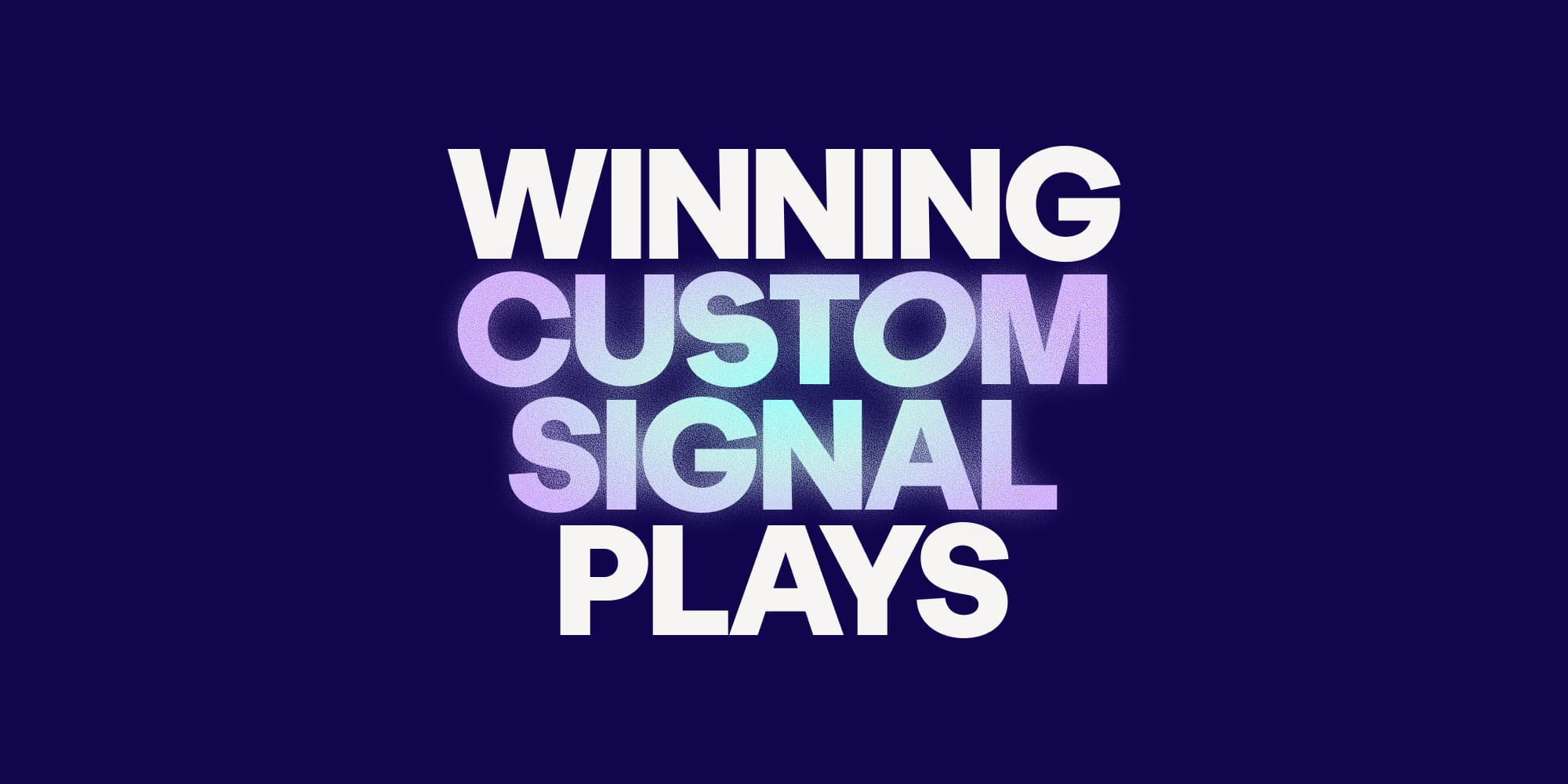Key cold email metrics to track to optimize your outbound
•
August 16, 2020

When you start an email campaign, it’s important to be data-driven. An experimental mindset will help you understand if you’re going in the right direction or if there is something different you can test to improve your results.
In order to measure the success of your cold email campaigns, there are a few metrics that you should keep an eye on. In this blog post, we are going to focus on the three main metrics and provide tips to help you enhance your cold email success.
Key success metrics for cold emails
There are three - yes, just three! - key metrics that can really help you start optimizing your outbound. More metrics and data can help you, but these are the fundamentals you should absolutely nail down first:
- Open rates
- Reply rates
- Conversion rates
Let's dive into those in more detail!
Cold email open rates
The open rate measures the percentage of people that opened your email (total opens/emails sent). It’s the variable you need to measure to know if your subject line and the first sentence of your emails are working.
Here is a list of things to take into consideration to improve your open rates:
- Have an accurate lead generation process. Make sure you are reaching out to the right person. You should send your emails to the purchasers, the decision-makers for your product/service.
- Discover the ideal time to send your emails. It’s important to find the best time to send your emails. It usually depends on several variables such as the type of companies you’re reaching out to, their location, the job titles of the prospects (CEOs vs Managers) etc. In general, Mondays are not the best days to send cold emails, people have a lot of catching up to do. Try to send them early in the morning or late in the afternoon. A/B test until you find the best time to send your email campaigns.

Image: Distribution of the interested ratio per day of the week.
PS: Don’t feel discouraged by the lower ratio during weekends for example. With very well targeted campaigns, it’s possible to get prospects with high buying intent onboard when they are less busy.
- Select a killer subject line. This is the key factor when it comes to the open rate. If you want your prospects to open your emails, you have to write a killer subject line. Keep it short, and avoid using spammy words. Check this blog post on how to write the best subject lines for a more effective cold email.
- Write a good first sentence of your email. The first things your prospects see are the subject line and part of the first sentence of your emails. Be concise and personal in the way you start your emails.
- Raise your game with follow-up emails. When you send your first email, it may slip through the cracks in a cluttered inbox. That’s why you should be persistent and use your follow-up emails to catch the prospects' attention.

Image: Cumulative percentage of interested email replies per stage of the campaign.
💡Note: With only one touch in your campaign you’re missing out 44% of all interested prospects in your product/service.
Cold email reply rates
The reply rate gives you the percentage of people that replied to your email (total replies/emails sent). The most important factor is the body of your email. You should aim at a reply rate that is half of your open rate (i.e. if you have 70% open rate you should have a 35% reply rate).
Here is a list of things to take into consideration to improve your reply rates:
- Write a short and concise email. People have short attention spans when it comes to emails. Keep your message short and clear to increase the chances of getting a reply.
- Personalize your approach as much as possible. Personalize your emails with the use of powerful dynamic fields such as first names, job titles, locations, etc. You can also mention news or recent achievements.
💡Note: This can be the most time-consuming part of your cold emails, learn here how you can personalize your emails at scale!
- Avoid features, add value propositions. When you craft your cold email campaigns, put yourself in your prospects’ shoes. Avoid enumerating your product’s features, and focus on presenting a solution to a pain point they might be struggling with.
- Add a clear call to action. The main goal of cold email outreach is to generate as many opportunities as possible. Be very clear with your ask and where you would like to take the conversation. Writing good calls to action is of utmost importance, you can learn more here: Learn here how to write catchy and clear calls to action.
Cold email conversion rates
The conversion rate measures the percentage of people that converted to a given goal (i.e. scheduling a call, signing up for a free trial, clicking on a link, etc...). The main goal when sending cold emails is to turn cold leads into warm leads. You should aim at 10-20% of your reply rate. This is a good benchmark for conversion rates in cold email campaigns. It's a good number for a first call/demo, however if you’re offering a free trial maybe it should be even higher.
The conversion rates are a combination of everything mentioned above: Prospecting, Value Proposition, Personalization, Follow-ups, Subject line, Call to action, Reminders. In a nutshell, you need to make sure you have targeted campaigns, with relevant content and good calls to action.
How to interpret and act on email metrics data
In this blog post, we shared the 3 most important email metrics that you should measure when sending cold emails: Open rate, Reply rate and Conversion rate. You should always A/B test every assumption, in order to guarantee the best results possible. Iterate a lot and learn and refine along the way!
At Amplemarket, we’ve helped several clients optimizing their cold email strategy over the years. We are constantly testing new hypotheses to see what works for cold emails.
Don’t be afraid to ask for advice when things aren’t going as you expected!
Looking to improve your cold emails? We’d be happy to chat, feel free to reach out to team@amplemarket.com.
Subscribe to Amplemarket Blog
Sales tips, email resources, marketing content, and more.










